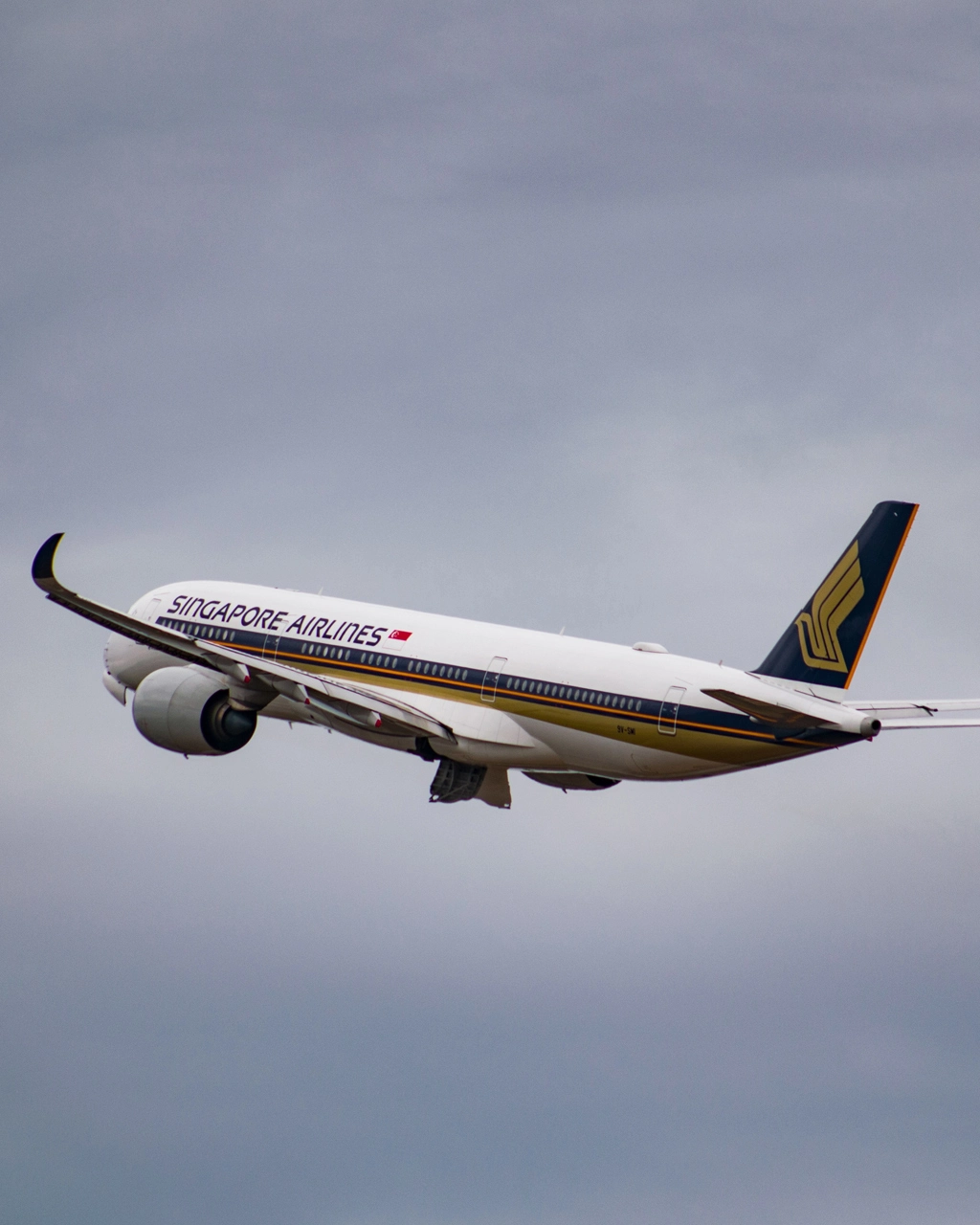Want to know more about the Singapore Airlines Group pilot selection process (including Singapore Airlines and Scoot)?
We also have airline selection process blog posts for Cathay Group and Qantas Group.
One of the biggest ongoing aviation news stories in 2018 was the current and future global pilot shortage, and the rapid expansion of cadet pilot programs from most of the world’s biggest airlines. With new opportunities opening up around the world, a career as an airline pilot is more achievable now than it has ever been.
The selection process is still challenging and very competitive. Preparation is absolutely essential if you hope for success.
To give you the edge over other applicants we offer a range of highly successful Airline Pilot Interview Preparation courses. These courses can be tailored specifically to your target airlines, and provide you with comprehensive training on how to make the most of your applications.
Learn more about the Singapore Airlines pilot selection process (including Scoot Airlines) and how our courses can help you below.
Singapore Airlines Pilot Selection Process
1. Remote computer psychometric testing
Designed to screen applicants and look at key qualities that are desired for the role as a pilot, the psychometric test covers general personality, intelligence, numerical reasoning and eye hand coordination.
Our airline interview preparation courses give you the opportunity to complete example psychometric tests similar to those used by the airlines. We will then thoroughly analyse your results with you, based on what airlines are looking for.
2. General HR Interview
This closely assesses the candidate’s overall motivation towards the role and to the airline, as well as some technical knowledge. In particular, enthusiasm and general attitude are assessed through detailed and focused questions about their dedication to becoming a pilot.
International airline Captain Darren McPherson has 30 years industry experience. He will teach you how to best present yourself and your documents. Darren will thoroughly review your CV, enhance your HR skills and technical knowledge based on what specific airlines are looking for.
3. Prepared written essay
A number of word-limited and topic-based questions are prepared by the candidate prior to the next stage of the process. Answers document the applicant’s motivation towards becoming a pilot and furthermore working for the airline specifically.
As part of our programs, we work through example questions with you and assist you in constructing your responses. From extensive experience, we are able to guide you on the type of content and response structure that the airline is looking for.
4. Detailed HR and technical interview
These interviews may be conducted by personnel from both the HR and Flight Operations department, and delve deeper into the candidate’s attitudes towards work, studies, life experiences, preparation and aviation knowledge.
In a simulated mock interview environment, we will work through advanced airline-specific HR questions and response methods, and perfect interview presentation techniques. The technical session will outline effective levels required for the various airline entry points. This will help identify your current level of knowledge, and any areas that you should upskill prior to interview.
Scoot Pilot Selection Process
1. Online assessment
A detailed online computer screening process is conducted with specific evaluation of key indicators including personality, intelligence, numerical reasoning, verbal reasoning and co-ordination. Tasks are specifically time-limited to place the candidate under pressure, looking for composure and consistency of results.
We are able to provide our program students with online assessment tools similar to those used by the airlines. We discuss and then work through results to track performance in specific areas most likely to be highlighted by airlines, and assist with improving on any areas of potential deficiency.
2. Group skills and assessment
These timed exercises place candidates in a range of dynamic scenarios to identify skills such as communication, leadership, mathematical problem solving and threat management. Tasks may be re-presented with modified group numbers or participants to analyse different dynamics and results. All scenarios are thoroughly debriefed and discussed to review applicants’ ability for self-assessment.
Group skills have become a significant factor in the airline pilot recruitment phase. We will practice group activities and review the effects of different personality types and examine leadership qualities as well as effective problem solving techniques within a group, through airline-based scenarios.
3. HR Interview
In this interview the applicant’s personal and career history are examined with particular emphasis on enthusiasm, and attitudes; whilst concurrently closely examining problem solving skills in theoretical yet dynamic situations. Additional problem-solving tasks are presented on short notice. This is to demonstrate, test and reinforce previously established group skills displayed during the earlier assessment.
We will thoroughly review your CV and then analyse your HR skills and technical knowledge. In addition, we will conduct a range of mock interview scenarios. This will link in with previous group exercises, to fine-tune your presentation technique and skills.
Learn To Fly offers 3 dedicated courses to help you in preparation for airline applications, and we can customise the syllabus based on the process of whatever your chosen airlines are. The courses are run in conjunction with ACS- Aviation Consulting Services and are facilitated by international airline Captain Darren McPherson.
Over the last 2 years, these programs have assisted nearly 80 applicants to successfully be accepted into 10 different airlines around the world. Learn more below:
– Future Cadet Pilot Program (FCPP)
– Airline Interview Coaching Session

For further information or to register your interest in these modules, email hello@learntofly.com.au or visit https://drift.me/learntofly/meeting to book a meeting and school tour.






















